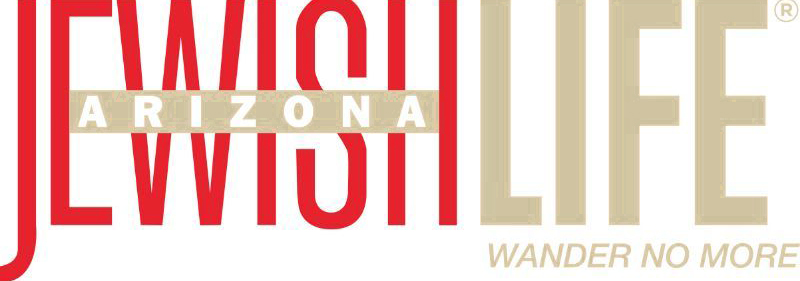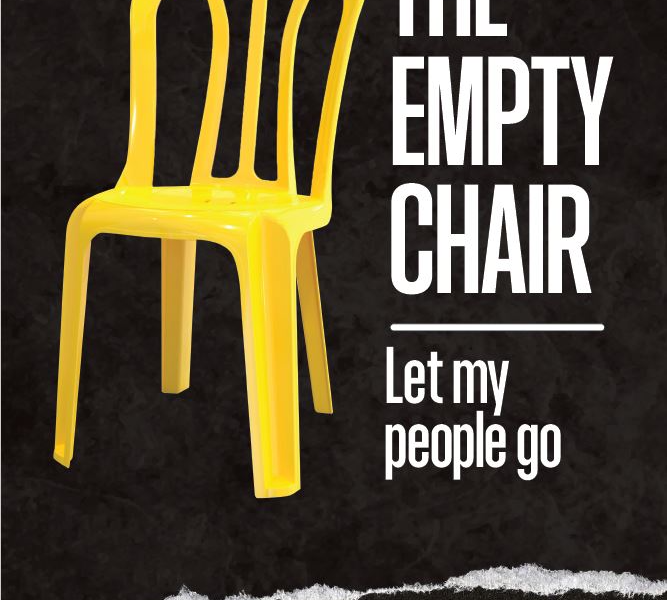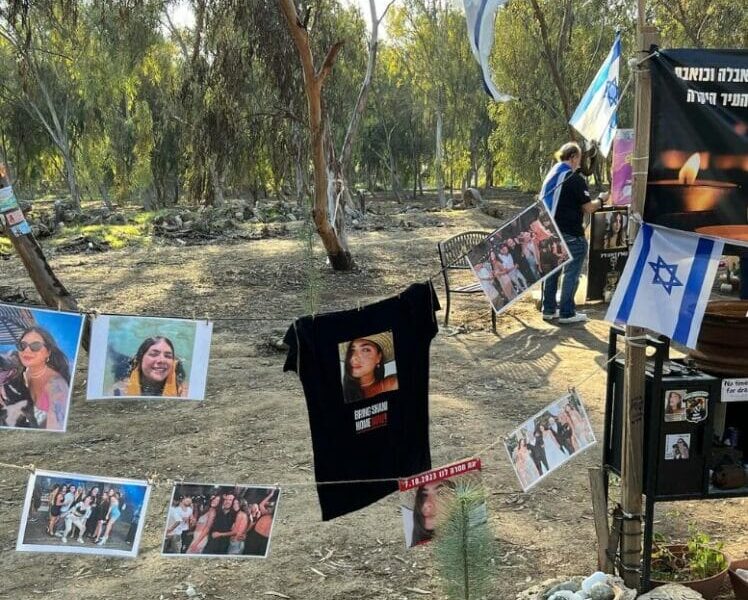Just when you thought you knew everything about the horrors of the Holocaust, new research surfaces to prove that things were even worse than first believed. Thirteen years ago, researchers at the United States Holocaust Museum began cataloguing statistics on ghettos, slave labor sites, concentration camps and death factories. When Dr. Geoffrey Magargee, a renowned Holocaust scholar at the Center for Advanced Holocaust Studies, first began organizing and editing this multivolume encyclopedic history of the camps and ghettos in Nazi-dominated Europe, he expected to discover approximately 7,000 camps. But the researchers kept finding more. The number climbed to 11,500, then 20,000, 30,000 and finally 42,500. In Berlin alone, researchers catalogued 3,000 camps and what were known as “Jew houses,” while Hamburg itself housed 1,300.
With the newly estimated 42,500 Nazi ghettos, slave labor locales, death camps and brothels throughout Europe, researchers now believe that the numbers of dead and imprisoned may reach as high as 20 million. The numbers are truly staggering. Broken down, the new data show about 30,000 slave labor camps, 1,150 Jewish ghettos, 980 concentration camps, 1,000 prisoner of war camps, 500 brothels filled with sex slaves, and thousands of additional camps that were used to euthanize the
sick and elderly and perform forced abortions.
Statistics like these are enough to dishearten even the most optimistic among us. But East Valley JCC CEO/Executive Director Steve Tepper, the City of Chandler, the Jewish Federation of Greater Phoenix and the Anti-Defamation League are turning the negative news into an immensely teachable experience. Back in 2008, the four groups partnered together to present the National Anne Frank exhibit at the East Valley JCC.
With more than 23,000 visitors to the exhibit (10,000 of whom were students), it was clear that a long-envisioned Holocaust memorial would be part of their future expansion. But the City of Chandler encouraged them to think bigger. Thus was born the concept for a full-fledged tolerance museum which last May was dubbed the Center for Holocaust Education and Human Dignity. The museum will be part of the JCC’s current campus on Alma School Road in Chandler and will include Holocaust history and education as well as exhibits on other genocides and various diversity and tolerance issues.
While there is a thriving Jewish community in Chandler, Tepper explains, “We view this project far beyond the scope of the Jewish community. The success of our project will come through our relationships that exist inside and outside of the Jewish community, allowing us to teach these important lessons to people of all faiths.” Preserving the stories of the Holocaust is critically important, if we, as a society, are to learn how to combat hatred and intolerance in the world. According to Tepper, “We view the Holocaust as the primary tool to help teach about hate, intolerance and genocide. The lessons of the Holocaust transcend religion and allow for us to engage visitors in helping to create a better community.”
The museum plans are in full swing, with an architect on board and a steering committee developing an education and outreach program. The City of Chandler pledged up to $2 million for infrastructure improvements like widening adjacent roadways and sprucing up the entrance corridor. The city expects the project to help grow future development in the area, with an annual projected impact of more than $16 million. One of the most jarring museum acquisitions to date is an original Macedonian wooden railcar, the type used by the Nazis to transport Jews to concentration camps. This 1918 railcar is the only one on display in the United States west of the Mississippi.
The museum purchased it as scrap metal for $3,500. But it cost nearly $40,000 to transport it to Arizona. It was first displayed last April for Yom HaShoah. When several Holocaust survivors stepped into that dismal, memory-laden car, they were painfully transported back to a time when they and their families were taken from their homes, brutally crammed into similar cars and sent to die in various labor and death camps across Europe. After a long journey from Macedonia, the car arrived last March at the Port of Long Beach, where it was greeted by silent dockworkers, hats in hand, and a rabbi reciting prayers.
It was then loaded onto an open trailer for the 400-mile trip t Arizona. All along the route, the car was met with somber stares and countless rest-stop stories from
soldiers who had served in World War II and people who had lost loved ones at Auschwitz and other death camps.
“The power of that car has been nothing short of amazing,” says Tepper, who was on the dock in Long Beach the day the car arrived. In an article in the Arizona Republic this past April, 83-year old Helen Handler remembered the first time she and her family stepped aboard a similar railcar when she was 15 years old; the
long-buried memory was crystal clear. “The doors closed on us and never opened for four days and four nights,” she said. With little food and water, only a bucket in which to relieve themselves, and no idea of what lay ahead, her family struggled to stay together and manage the journey. The cars were “crowded with pain, crowded with fear,” Handler recalled. This iconic image of a tortured time in modern history will serve as the centerpiece of the museum.
Tepper is grateful for the strong public and private support this project has garnered. “The City of Chandler,” he explains, “has been one of the strongest supporters and partners from the very inception of this museum. We have also been fortunate to have over 100 volunteers from around the Valley (and some in Tucson) who have generously donated their time and expertise to help make this museum a reality.”
When asked what he hopes this museum will do for the people who visit it, Tepper says he hopes the museum will serve to allow visitors a chance to “learn from the lessons of our past, and in some cases, ongoing events, to help create a better community for all of us.”
Debra Rich Gettleman is a freelance writer and blogger in Phoenix.





